Hey, ya'll!
.
Nip is bite i guess, but then there is bight, so i say 'pinch'.
Big point is on a simple/single Turn, Nip is best opposite the pull on the spar;
where the rope pulls into the spar, not away.
This is partially what
BabyHoldingBus was about.
.
So, pic of same lacing, shows greater force on lesser is nip ;
Lesser force on greater is just a crossing.
But looks like same in knot tying sense.
.
Lots of knot books and links, but still ABoK is the best.
Not just because the oldest or most comprehensive lists of knots.
If you read it rite; there are many lessons.
He says something 1 time and if you blink(easy to do during 600+ pages), you miss it!
.
i think tree guys should read like Chapters_20-25 to pick 30 pages in a row most applicable(others apply, but as a start..)
i'd say the 30 pages is approximately 1/20th of the massive book.
And recommend you could get more out of reading those 30 pages,
10x, than the whole book 1x.
.
Real deal is chapter_21 as right angles of pull/correct angle of pull; vs. column pulls in chapter_22(which goes into friction hitches).
in chap_21 you can tie the first few knots, trying to go thru them and go on; and miss a lot.
The side notes are the real lessons, the presented knots just the present examples of those lessons.
.
"a round turn on the standing part adds materially to the strength of the knot" ; how a half hitch low nip gets skull cross-bonz and high nip gets anchor reliability, "To withstand a lengthwise pull without slipping is about the most that can be asked of a hitch. Great care must be exercised in tying the following series of knots, and the impossible must not he expected...." these things go for all knots and their inspections every day.
.
download ABoK
.
The 1st and last knots below are pictured together at the start of chap_21; we see a lot of low nippers, that Ashley rates as dangerous.
Once again the lesson isn't tying the 1st 2 knots, it starts a whole chapter of knots with half hitch as basis, and shows a flaw and cure for many before going on to those that inherit the same characteristics.
.














